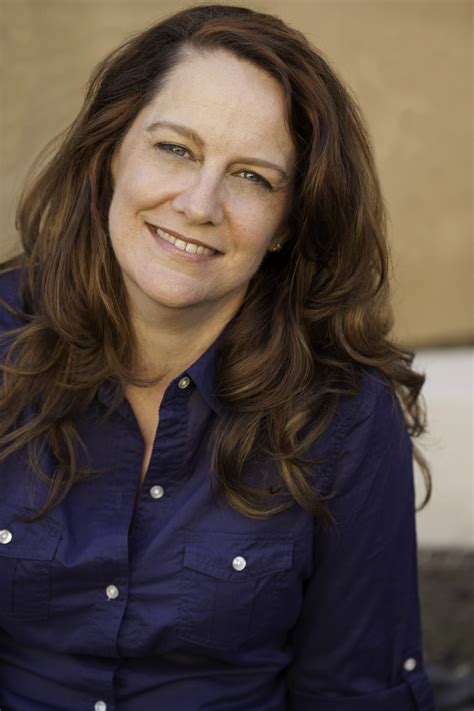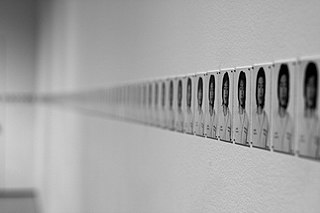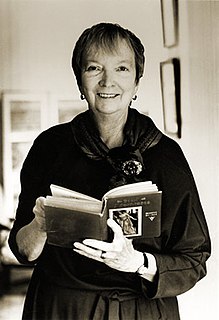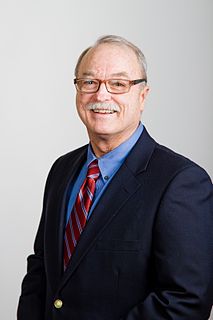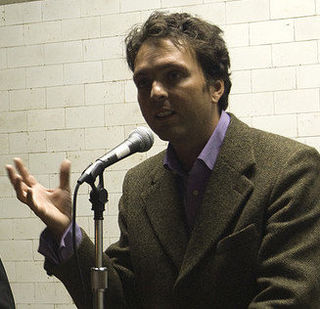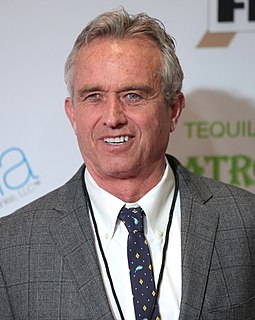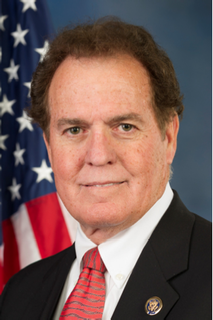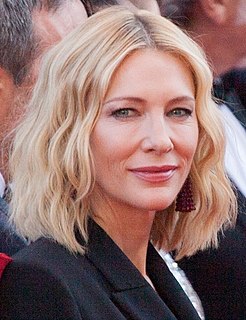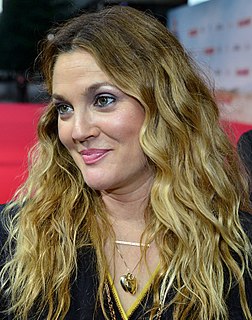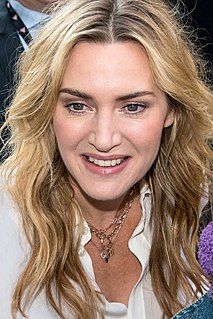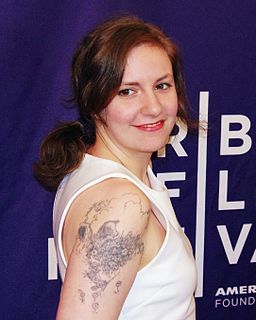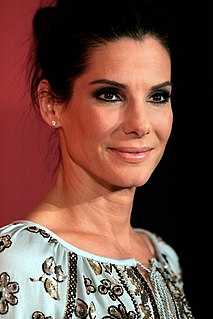A Quote by Kelly Carlin-McCall
If my artist life didn't work or if I needed to work in some capacity part-time in something, I knew I'd have a real life skill [become a therapist].
Related Quotes
I perform in art time and in real time, and you can't tell the difference - no one knows how to separate a real act from an art act in my work. When I lived on the street for a year, people only knew that I was homeless. They didn't know that I was an artist doing a piece. I have to use real time in my work. I do, however, have to find a subtle way of documenting real time, in order for people to have a response. That means punching into a work clock every hour in the case of one piece.
A life lived in chaos is an impossibility for the artist. No matter how unstructured may seem the painter's garret in Paris or the poet's pad in Greenwich Village, the artist must have some kind of order or he will proudce a very small body of work. To create a work of art, great or small, is work, hard work, and work requires discipline and order.
They say that art should stand the test of time. Life lasts a limited amount of time. Mountains and trees and earth will outlive human beings, but we don't know if they will be here always. Art does outlast the life span of its maker. Art should communicate to an increasing circle of strangers-people who do not know the artist, but come to know the work, and through the work, come to know something about the humanity of the artist that rings with their own humanity.
If you work hard at anything, you're going to experience some success. And the greatest gift is when you have something you really love to do and you can integrate that into your work life. I feel like it's a real privilege that I get to do something that is good for my community and good for the world. But it's also pleasurable for me.
When the artist is truly the servant of the work, the work is better than the artist; Shakespeare knew how to listen to his work, and so he often wrote better than he could write; Bach composed more deeply, more truly than he knew, Rembrandt's brush put more of the human spirit on canvas than Rembrandt could comprehend. When the work takes over, then the artist is enabled to get out of the way, not to interfere. When the work takes over, then the artist listens.
Of my three daughters and one daughter-in-law, they all work. They all work, some of them full-time, some of them part-time. But they're still there as moms. And when they come home and take over that responsibility, they need a shared partner, and that partner is that partner for life. And I'm talking about, of course, the father.
Adoption was something that was always under my skin, that I knew would be a part of my life, and, when I decided to start filing, it was very clear. It was like I knew that this was exactly what it needed to be. So then you go through the process, and it's tough. It's not the easiest process - and then again, I've never liked things too easy in life. But it emotionally knocks you out.
